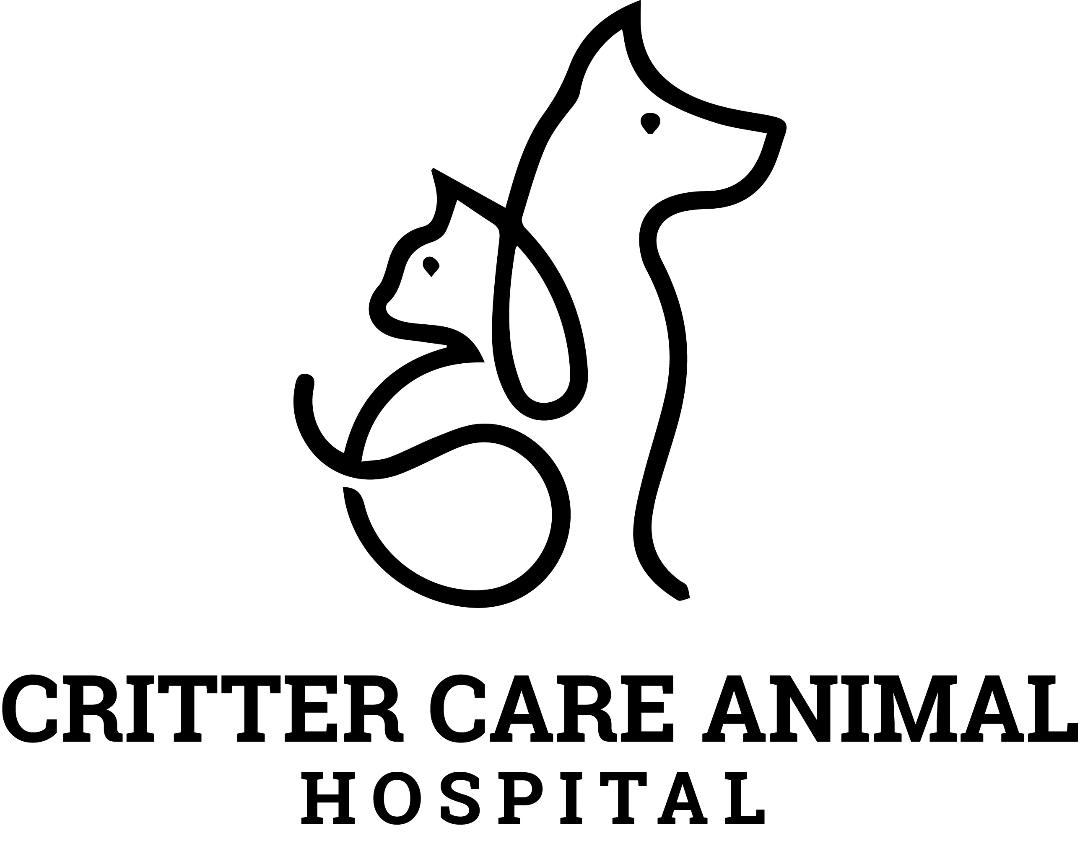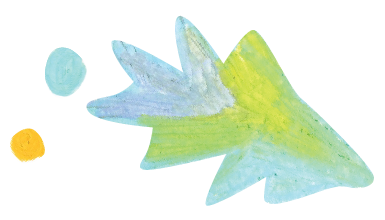Library
-
Epineprhine is a drug used most often in emergency situations for animals (e.g., anaphylaxis, cardiopulmonary resuscitation/CPR). It may be added to local anesthesia drugs due to its ability to cause veins to constrict, thus delaying the body’s absorption of the drugs and prolonging the duration of the local anesthetic duration.
-
Epinephrine is a drug used most often in emergency situations for animals (e.g., anaphylaxis, cardiopulmonary resuscitation/CPR). Automatic injection devices for epinephrine (EpiPen®, EpiPen® Jr) are used off-label in pets to treat anaphylactic (allergic) reactions that occur away from the veterinary hospital.
-
Eprinomectin + praziquantel (brand name Centragard®) is a topical (spot-on) antiparasitic drug used to treat and control hookworm, roundworm, and tapeworm infections, and to prevent heartworm disease in cats and kittens that are at least 7 weeks of age and weigh at least 0.8 kg (1.8 lb). Do not use in cats known or suspected to have two copies of the MDR1 gene mutation.
-
Epsiprantel (Cestex®) is an oral deworming medication used to treat and kill tapeworms in dogs and cats. It comes as oral tablets that should be given with food. The medication typically takes effect within 1-2 days, but laboratory tests are needed to evaluate its effectiveness.
-
Erythromycin ophthalmic is an antimicrobial medication used to treat certain types of eye infections. It may be used “off label” or “extra label” to treat other eye conditions. Erythromycin ophthalmic comes in ointment form. Caution when using this medication in pocket pets as fatal diarrhea may occur if ingested orally.
-
Erythromycin is given by mouth or injection and is used off label to treat bacterial infections and gastrointestinal motility problems in many animal species. Do not use in pets that are allergic to it, have liver disease or dysfunction, or in pets such as rabbits, gerbils, guinea pigs, or hamsters.
-
Esafoxolaner + eprinomectin + praziquantel is given topically on the skin to treat and protect against various internal and external parasites and prevent heartworm in cats. Side effects are rare but may include hair loss at the application site, gastrointestinal upset, skin reactions, or neurologic signs. Use caution in sick or underweight cats. If a negative reaction occurs, please call your veterinary office.
-
Esomeprazole is a proton-pump inhibitor antacid used to treat stomach ulcers in cats, dogs, and horses. It is used off label (extra label) in veterinary medicine. Esomeprazole comes in capsule and tablet forms.
-
Esophageal tumors are extremely rare but more often than not malignant type tumors. The cause is unknown but cases in tropical environments may be due to infection by the worm Spirocerca lupi. Treatment options are limited as surgical complications are high due to the advanced nature of the disease at time of diagnosis.
-
Esophagostomy tubes are placed through the skin of the neck into the esophagus to enable ongoing nutrition in cats that either refuse to eat or are unable to chew and swallow food. A diet will be recommended by your veterinarian but must be liquefied with water before it can pass through the tube. Medications can also be administered through the tube. Step-by-step instructions are provided. The decision to remove the tube will be determined by your veterinarian.

